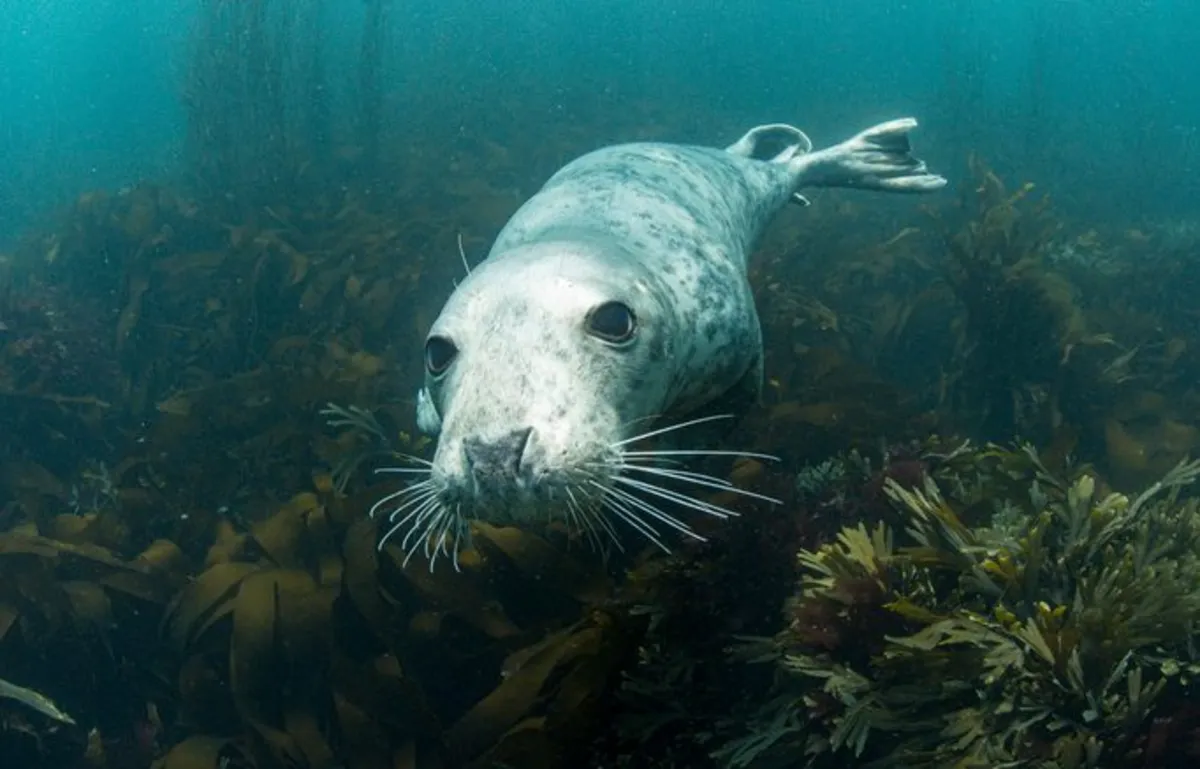
Human freedivers have the remarkable ability to dive deep underwater using just one lungful of air. This fascinating skill is achieved through a technique called overbreathing, where divers intentionally breathe deeply to expel as much carbon dioxide (CO₂) from their systems as possible. This gas typically triggers the urge to breathe when we hold our breath. However, this method isn't foolproof; freedivers sometimes black out underwater, necessitating a team of scuba divers ready to assist them in surfacing safely.
In contrast to human freedivers, grey seals can dive to impressive depths for extended periods while pursuing their underwater prey without appearing to lose consciousness. This phenomenon piqued the curiosity of marine ecologist Chris McKnight and his team at the University of St Andrews. To investigate this intriguing behavior, they conducted a study involving six grey seals, which were temporarily removed from their natural habitat and placed in a specially designed tank.
The tank served as an enclosed underwater environment featuring a feeding area and a domed breathing chamber at one end. The seals were allowed to forage for as long as they desired before surfacing to breathe in the chamber, mimicking the experience of emerging through a hole in an ice sheet. The research team filled the breathing chamber with various combinations of oxygen and CO₂, starting with conditions similar to normal air, which contains 21% oxygen and 0.04% CO₂.
As the experiment progressed, the scientists gradually altered the concentrations of oxygen and CO₂. They hypothesized that high levels of oxygen would enable the seals to remain underwater longer, while elevated CO₂ levels would shorten their dives, similar to how humans react to rising CO₂ levels in their bloodstream. Surprisingly, the study revealed that the amount of CO₂ present had no significant impact on the duration of the seals' dives.
However, the findings indicated that low oxygen levels significantly influenced how long the seals stayed submerged. This led the researchers to conclude that a seal's brain primarily monitors the levels of oxygen in its bloodstream rather than the concentration of CO₂. This remarkable ability allows seals to make informed decisions about when to surface for air, ensuring they avoid the risks of drowning.
The study highlights the sophisticated physiological adaptations of grey seals, showcasing their capacity to regulate their diving behavior based on oxygen availability. Unlike human freedivers, who rely on involuntary reactions to CO₂ levels, seals can effectively gauge their oxygen needs, allowing for controlled and safe diving experiences. For more incredible wildlife stories and insights from around the globe, stay tuned!